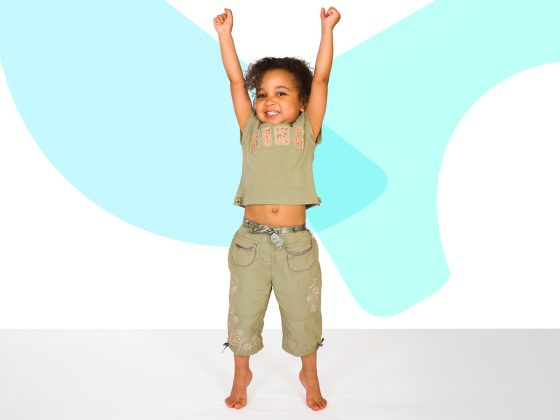
Stretch, Breathe, Move!
Help children connect with their brains and bodies to relax, refocus, or work through big feelings. After we notice how our bodies are feeling, we can think about what we are feeling and label it!
Our bodies can teach us a lot about our feelings, and our bodies can also help us understand and manage our feelings. Encourage children to notice the “clues” their bodies give them about what they may be feeling (for instance, a stomachache may be a sign that they’re feeling worried). Then, show them how to use their bodies to help them manage their feelings.
The natural world is full of inspiration for us —we might feel more steady as we stand straight and tall like a tree, or we might calm ourselves by buzzing like a bee!
Together, try these nature-inspired poses, movements, and breathing strategies whenever children need to calm their bodies, focus, or refuel. As they move, encourage children to notice how their bodies feel.
Balance, Stretch, Reset
Full-body movements like balancing and stretching can help children connect with feelings in their bodies and refocus their energy.
- Reach for the Stars: Stand tall with your arms by your sides. Take a slow deep breath in and out. Stand on your tiptoes and reach up as high as you can with one hand. (Repeat with the other hand.)
- Elephant Pose: Stand tall and take a slow deep breath in and out. Bend at the hips and let your arms hang down. Clasp your hands together and swing your arms from side to side, like an elephant’s trunk. Now, swing from side to side and walk like an elephant. Stand tall again and take another deep breath.
- Tree Pose: Stand tall with your feet together. Lift one foot slightly. Now rest that foot above your other ankle. Stretch out your arms. Let’s try to balance as we breathe in from our nose, out from our mouth. “We are strong trees!” Imagine your roots going deep into the earth. Here comes a breeze… can you sway your branches (arms)?
- Crouching Cat: Let’s get on our hands and knees. Slowly breathe in as you lift your chin and tilt your head up and back. Slowly breathe out while you slowly raise your back towards the ceiling and lower your head to look like a cat arching its back. (Repeat.)
Breathe Deep
Breathing helps children get in touch with their bodies, hearts, and minds… and can help them manage big feelings.
- Star Breath: Spread your fingers on one hand like a star. With the pointer finger on the other hand, trace each finger slowly up one side, and down the other. Breathe slowly in through your nose as you move your finger up, then slowly out through your mouth as you move your finger down. Continue with each finger.
- Bumble Bee Breath: Let’s sit down and close our eyes. Listen to your breathing. Breathe in slowly through your nose. Breathe slowly out through your mouth, saying “bzzzz.” (Repeat twice.)
- Butterfly Breath: Hold your arms out and imagine they are magnificent butterfly wings. Slowly raise your wings above your head as you slowly breathe in, then lower them as you slowly breathe out.
- Volcano Breath: To release energy, start with your hands together in front of your chest. Breathe in through your nose and raise your arms straight up. The hot lava is rising up and out! Breathe out through your mouth as you move your arms down. The lava flows down to the ground. Repeat.
You can also print and refer to this “Mindful Moments: Nature Poses” page, on which Elmo and Grover demonstrate some of these poses.
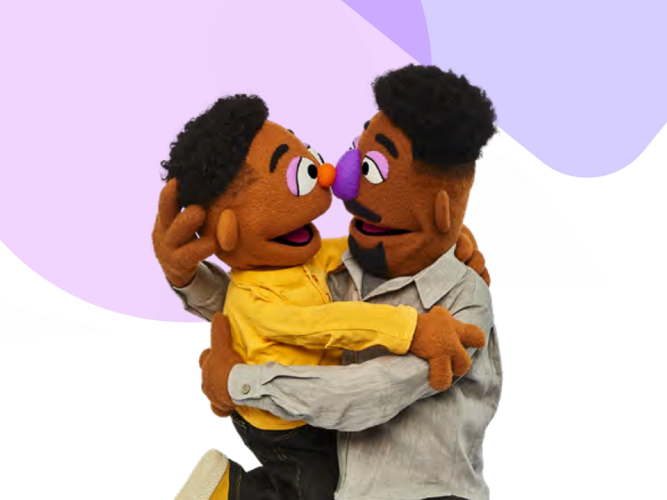
Mental Health Resource and Support List for Parents
If you’re concerned about—or considering seeking professional support for—your child’s emotional well-being, there are lots of resources just for you.
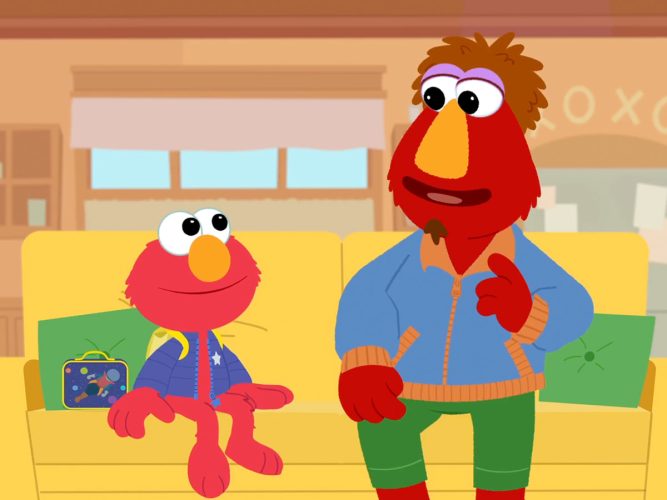
Teaching My Brain
Compassionate self-talk can turn difficult moments around.
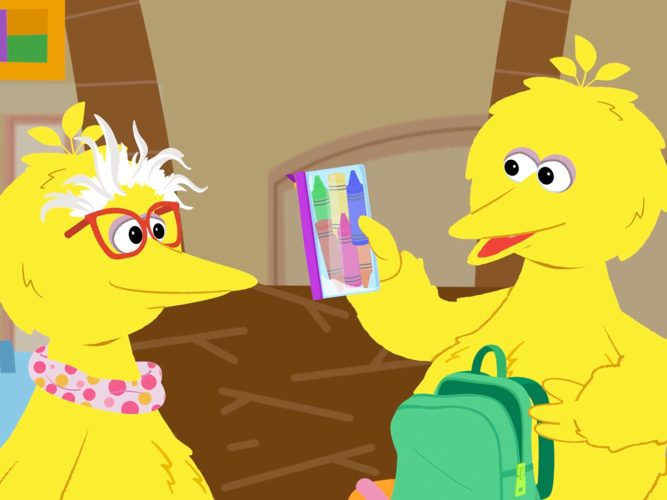
Comfort Container
Help children take a quiet moment alone and soothe themselves.
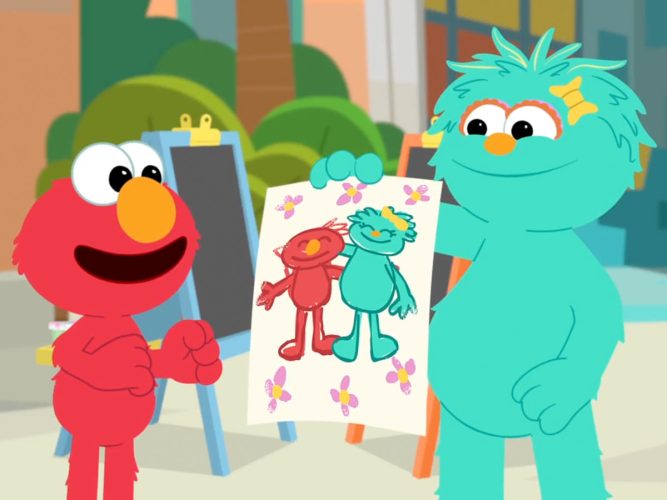
A Good Friend to Myself
Self-compassion matters… children should be as kind to themselves as they are to others!
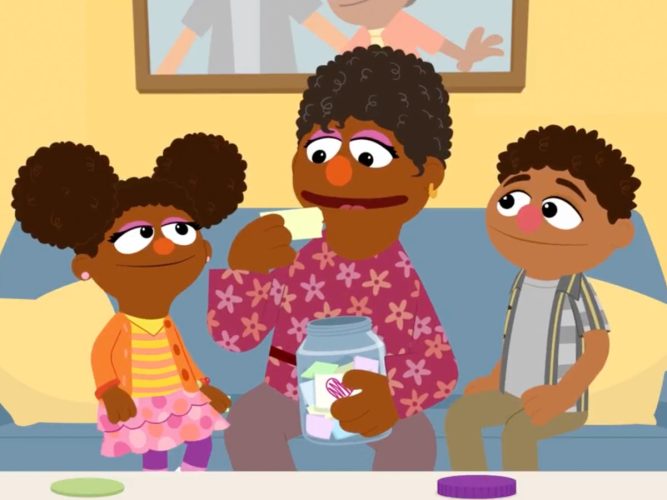
Gratitude Jar
Highlight the power of gratitude! In tough times, help children pause, notice, and savor the feelings that the good things in our lives bring.
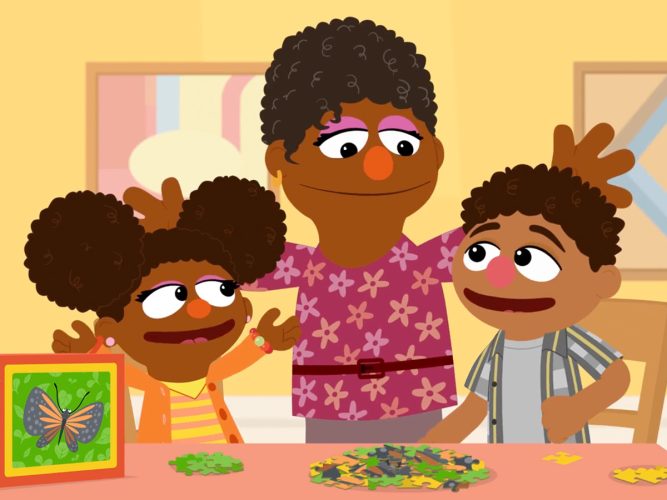
Helped, Heard, or Hugged?
There are so many ways to support a child in distress. You can give children a sense of control by offering three ways you may be able to help… and letting them choose.
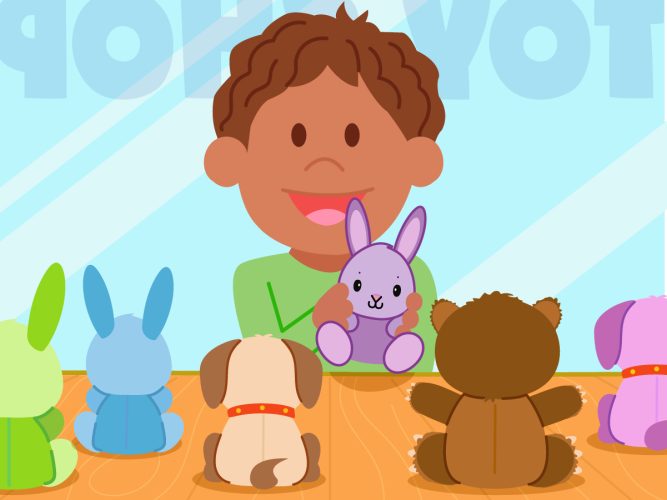
From Attention to Connection: Responding to Challenging Behavior in Caring Ways
In this webinar, you’ll learn strategies to help you support young children facing emotional challenges.
